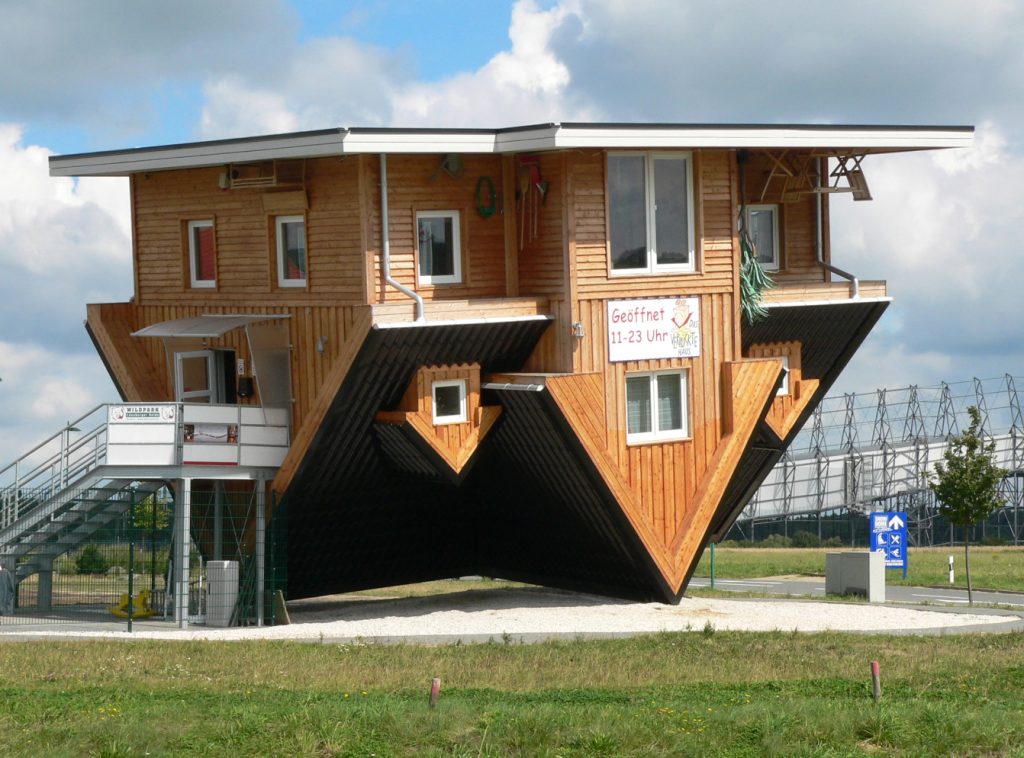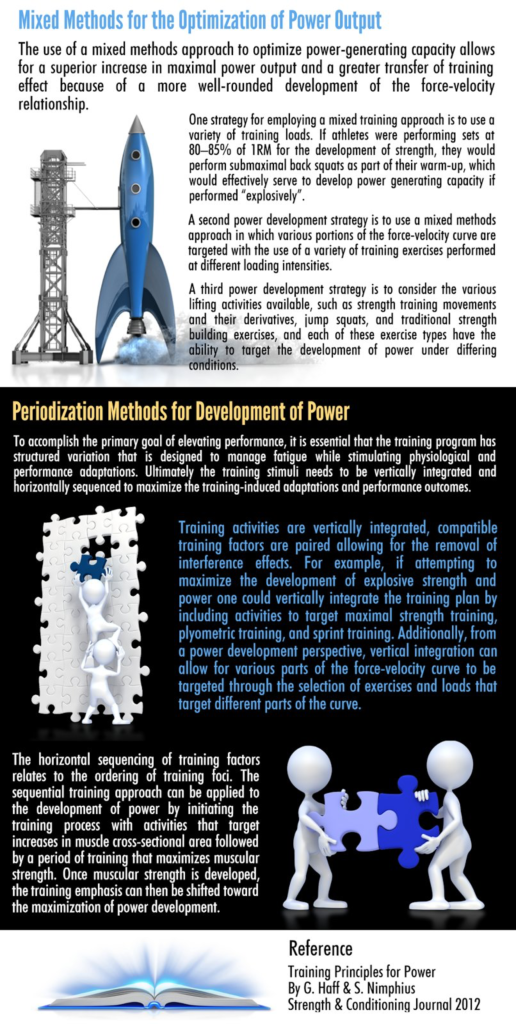How to Design a program:
Training guidelines for strength, power, endurance, hypertrophy and plyometric training
Definition: Ability of a muscle or muscle group to exert a maximal external force.
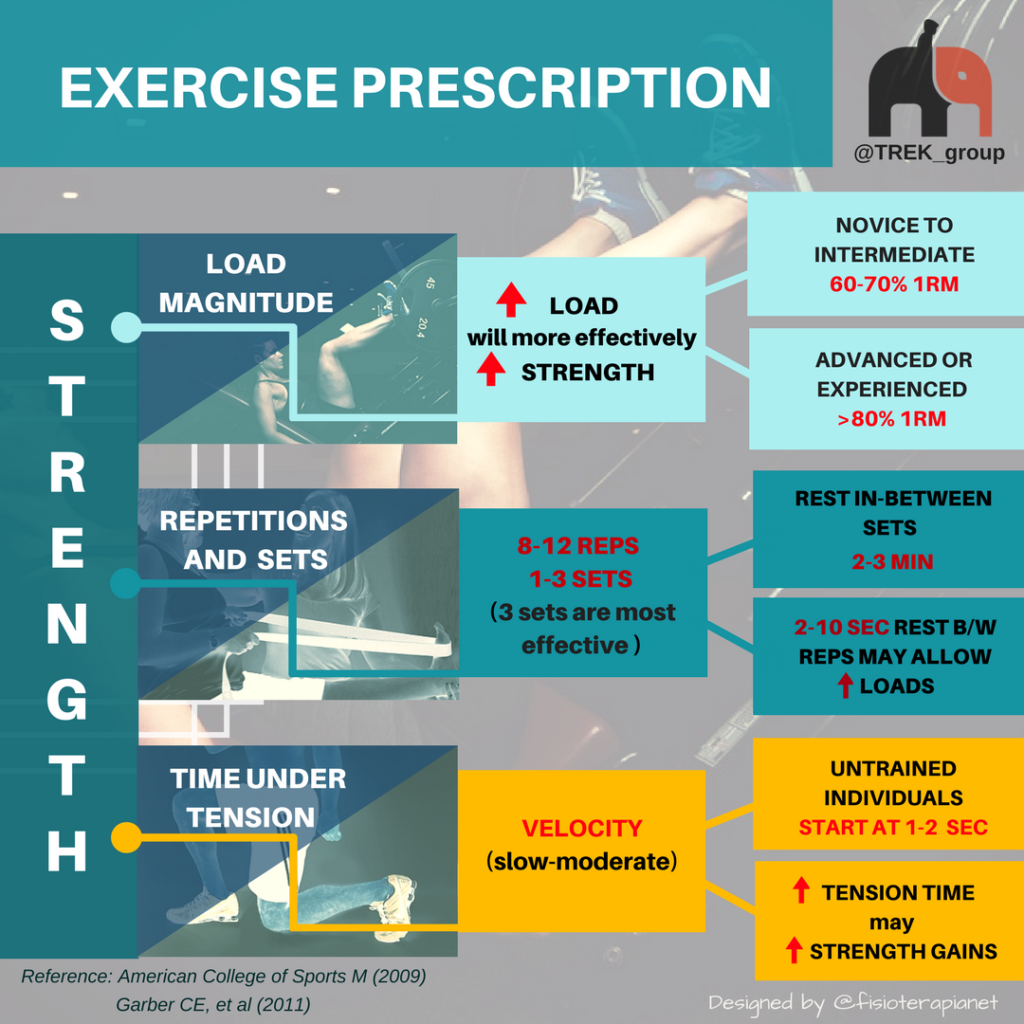
Definition: The optimal amount of work performed for a given time period.
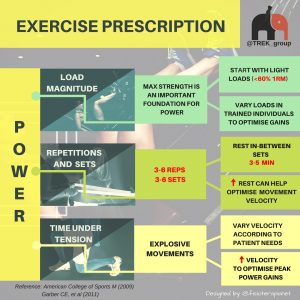
More information about Power Training can bu found here
Definition: Ability of the muscle or muscle group to repeatedly exert submaximal resistance.
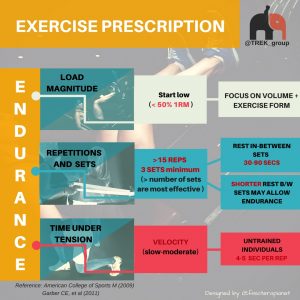
Definition: Growth and increase of the size of muscle cells.

More information about Hypertrophy Traning can be found here
Definition: Exercise involving repeated rapid stretching and contracting of muscles (as by jumping and rebounding) to increase muscle power.
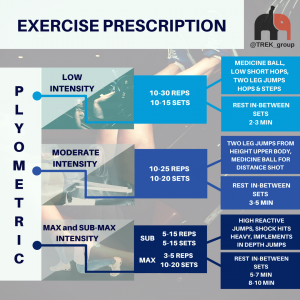
More information about Plyometric Training can be found here
Android: Rep Max Tools – great app for calculating conversions
Apple: 1 Rep Max – great app for calculating conversions
Repetition maximum (RM) conversion Table
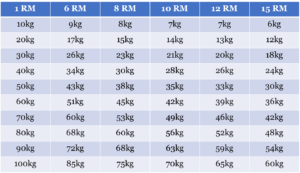
Summary:
- Manipulation of intensity and volume for outcome
- Specificity to the athletes goal
- Decide on exercises appropriate for the athlete, consider training age and any weaknesses
- Balance program
- Choose appropriate number of reps, sets and tempo
- Choose appropriate load eg. % of 1 RM
- Identify adequate rest between sets for the individual
- Exercise selection important
- Compound or multijoint exercises are functional and therefore make up a large part of the program
- Order of exercises are important: Large muscle groups before small muscle groups, bilateral exercises precede unilateral exercises, more complex exercise before less complex to allow for neurological adaptation.
- Balanced program eg. horizontal pull with a push
